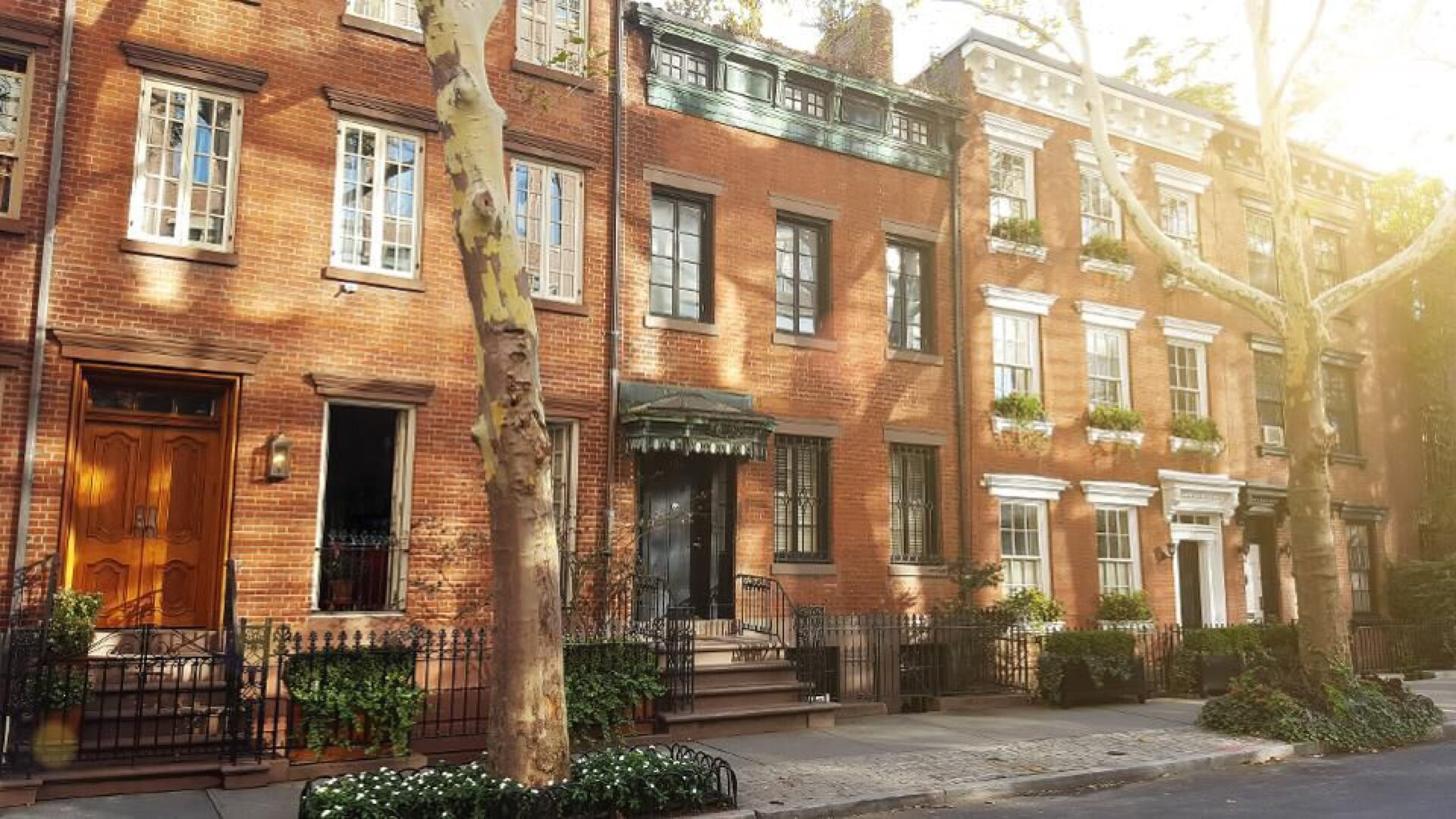10.22.19
Forbes: Are Apartments A Good Investment In A Recession?

The short answer is yes — apartments historically are sound no matter the economic winds, but especially so during a recession. The long answer includes defining “recession,” understanding the recessional impact on different apartment asset classes and examining debt during this coming recession.
Defining Recession
When I say recession, I am talking about a seven- to 10-year cycle of regularly occurring economic slowdown. We’re all still shell-shocked because when we hear the word, too many of us try to apply lessons learned during the Great Recession. I hate that name; I find it misleading. What happened in 2008 as a result of the U.S. housing bubble and global financial crisis was not a recession, but a 70–100 year anomaly that resulted in a meltdown of our financial structure (like the one the Great Depression caused in 1929). In my career as a multifamily broker, I have been through three regular recessions and the Great Recession. They’re apples and oranges. My advice here is related to a regular recession.
A recession runs concurrently with inflation, meaning your capital does not buy as much, whether it’s groceries, going to the movies or buying a house. People will always need a place to live, and the more people are unable to buy homes or condos, the more demand there is for apartments. Economics 101 teaches us supply and demand: When there is more demand for rentals and a static supply, rents go up. As rental revenue increases at a higher rate of growth than operating expenses, a property’s net operating income (NOI) begins to increase. A higher NOI leads to higher property value. The two- to three-year period running up to the Great Recession saw the inverse of this relationship — the first in my career, and likely the last.
As people flocked to homeownership fueled by the ease of credit lending practices, demand for apartments dropped significantly. A drop in demand would lead to lower rental revenue. Lower rental revenue would lead to a reduced NOI, and finally to lower property value. This was unnatural. Further fueling the apartment crisis, investors and developers were converting the apartment stock to condominiums in a desire to meet the increased demand for ownership. From an apartment investment perspective, the Great Recession started five years before the actual crash because of this scenario, and it’s all part of the same anomaly — and the only time I’ve seen rents and values go backward.
Normal recessions don’t create the displacement that the Great Recession did. The supply of apartments is more static and predictable in a recession. Most notably, apartment investors become stronger in a recession because of the normal impact of supply and demand.
Not All Classes Of Apartments Are Impacted The Same
While the majority of apartment investors fare well during a recession, the luxury apartment market is usually hit harder. During the recovery from the Great Recession, we’ve experienced a surge of luxury apartment construction and development. When money doesn’t stretch as far during a recession and rents increase, tenants will naturally want to deploy less of their available cash to housing. Those renting Class A luxury apartments will gravitate toward more affordable options, giving a boost to the Class B and Class C buildings.
This extra demand for Class B and C (more commonly called midmarket) is added to the regular demand increase from existing tenants already renting in that asset class prior to a recession. This compounding increase in demand results in higher rates of rent increase in the midmarket than in the Class A market. Therefore, investors who are able to deploy capital in a recession will see greater appreciation and returns from investing in midmarket apartment buildings.
The Role Of Debt For This Recession
At a recent national conference, leading commercial real estate experts suggested that the flow of capital into the multifamily industry would increase in the near future, despite the economy heading into a recession. Fannie Mae and Freddie Mac lead the multifamily lending industry wherever it goes. In November of 2018, the Federal Housing Finance Agency (FHFA) announced a 2019 combined cap for Fannie and Freddie of $70 billion. Both agencies slowed down over the summer months as they approached their lending, resulting in higher spreads against the 10-year Treasury rate. On September 13, 2019, the FHFA announced a revised cap of $200 billion for the 15 months starting October 1, 2019, through December 31, 2020.
Typically, interest rates rise during a recession, and the returns for multifamily are still healthy. For this coming recession, the increased supply of capital just authorized should lower the spread above the 10-year rate significantly. It should create the perfect rate environment for apartment loans, meaning the returns for investors should be even higher than normal during this particular recession.
Despite all the good news for investing in apartments during a recession, especially this coming one, exercise caution when vetting an opportunity. All the standard real estate investment fundamentals should be accentuated more heavily during a recession. Pay strict attention to cap rates and cash flows. Conservatively underwrite your potential investment. Set parameters for returns, and don’t stretch. Use debt wisely. The reason is that if you stay conservative during this time, your payback will be that much more impressive during the recovery.
Multifamily is by far the strongest commercial real estate product type in which to invest during a recession. If you can make an apartment investment in a downturn, the rewards will outpace any other real estate investment you could make.
